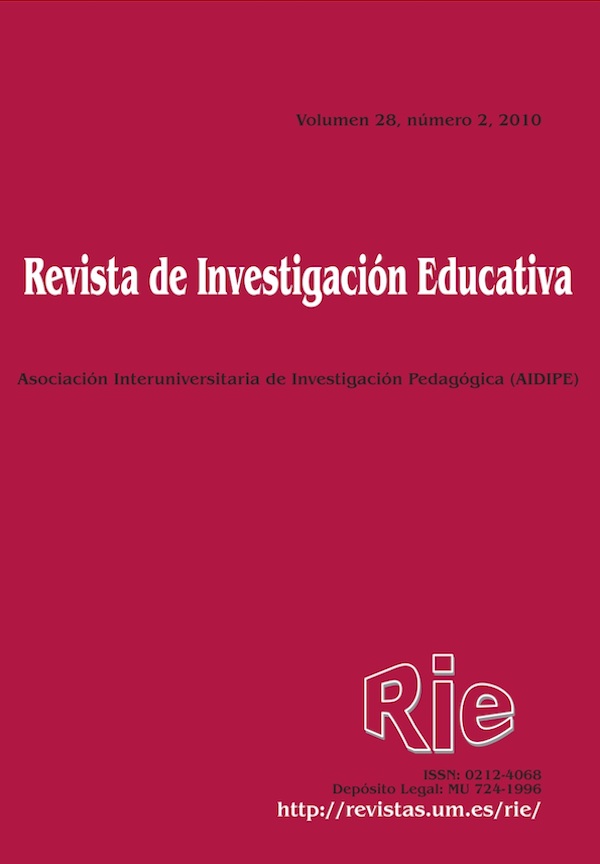Creativity and intelligence: a study in primary education
Abstract
The aim of this study is to identify the relationship between changes in creativity and intelligence. Our sample was made up of 90 pupils of a nursery and primary school located in Jumilla (Murcia, Spain). The objective, hypothesis and the characteristics of the sample require a quasi-experimental methodology with an experimental group and a control group similar to the first one. The results show the absence of a relationship between changes in any of the creativity factor measured and general intelligence at the early stages of Primary Education. In other words, there is not a significant and strong relationship between intelligence and creativity, nor can we state that a high level of intelligence would ensure an increase in the level of creativity higher than that experienced by any another participant. All the above is in tune with the theoretical assumption that creativity is a theoretical construct independent of intelligence.Downloads
The articles and scientific documents published in RIE abide the following conditions:
1. The Servicio de Publicaciones de la Universidad de Murcia (the publisher) has the property rights (copyright) of all the documents published and allows the reuse under the user’s license indicated in point 2.
2. All documents are published in the digital edition of RIE under a Creative Commons Reconocimiento-NoComercial-SinObraDerivada 3.0 España (legal document) license. These documents can be copied, used, distributed, communicated and explained publicly if: i) the author(s) and its original source of publishing (magazine, publisher and URL of the document) are cited; ii) it is not used for commercial purpose; iii) the existence and the specifications about this license are mentioned.
3. Auto-archive’s conditions. The authors are allowed and encouraged to digitally distribute the pre-print versions (a version before evaluation) and/or post-print (a version that it is already evaluated and accepted to its publication). This promotes circulation and distribution earlier and can increase the citations and significance within the academic community.










